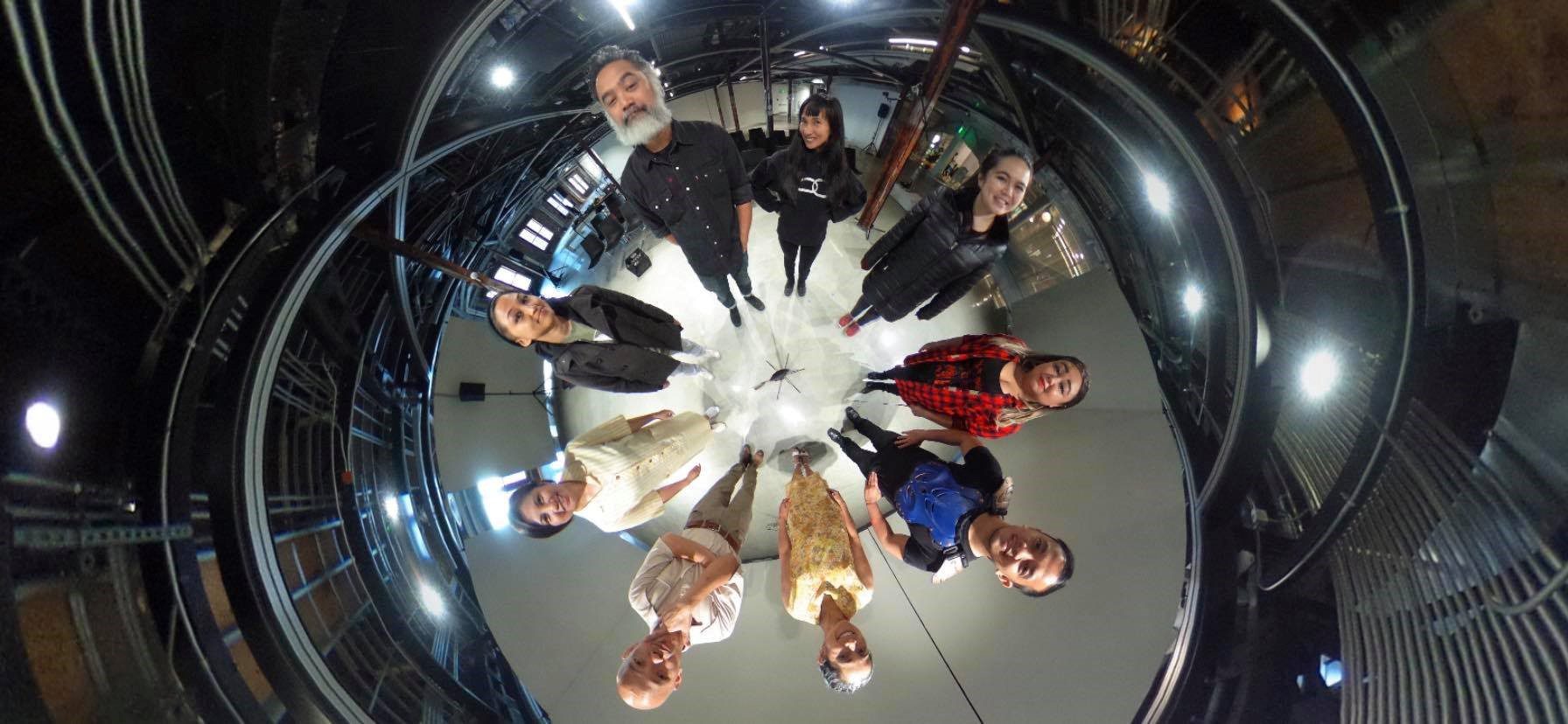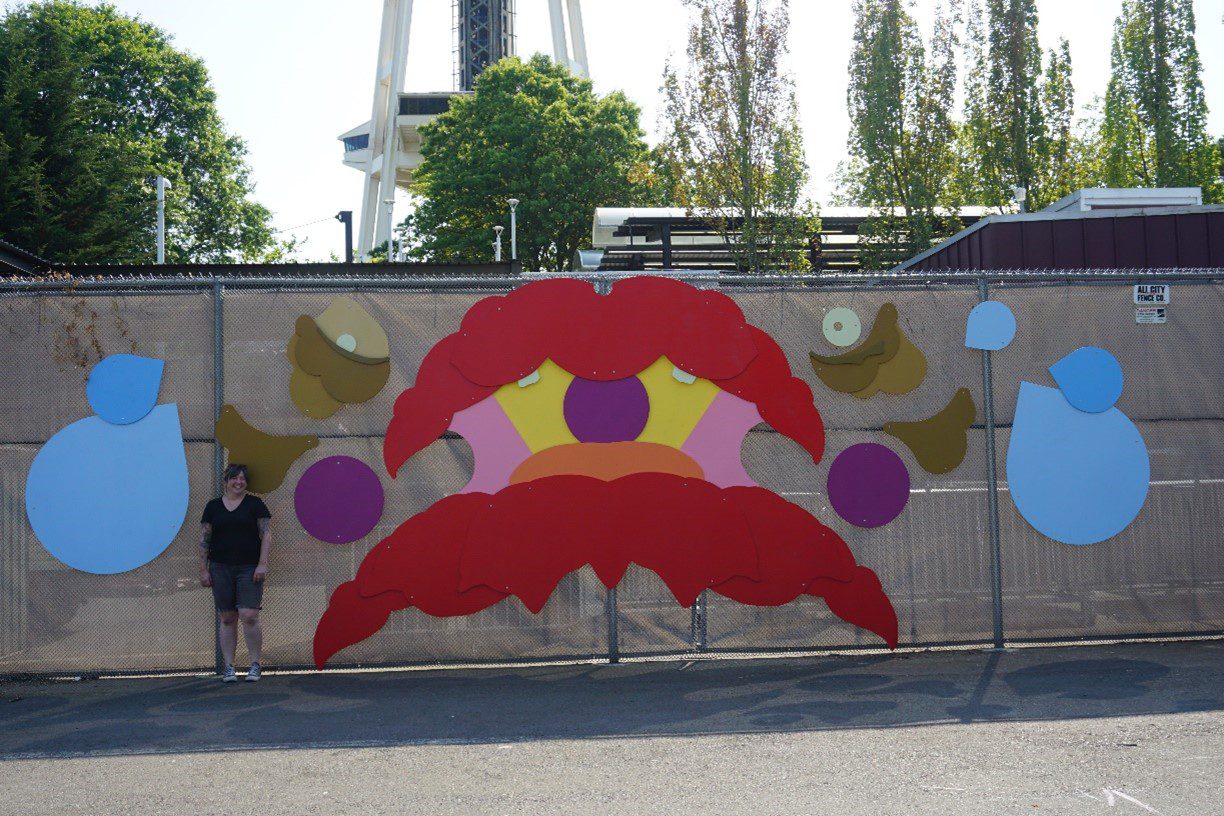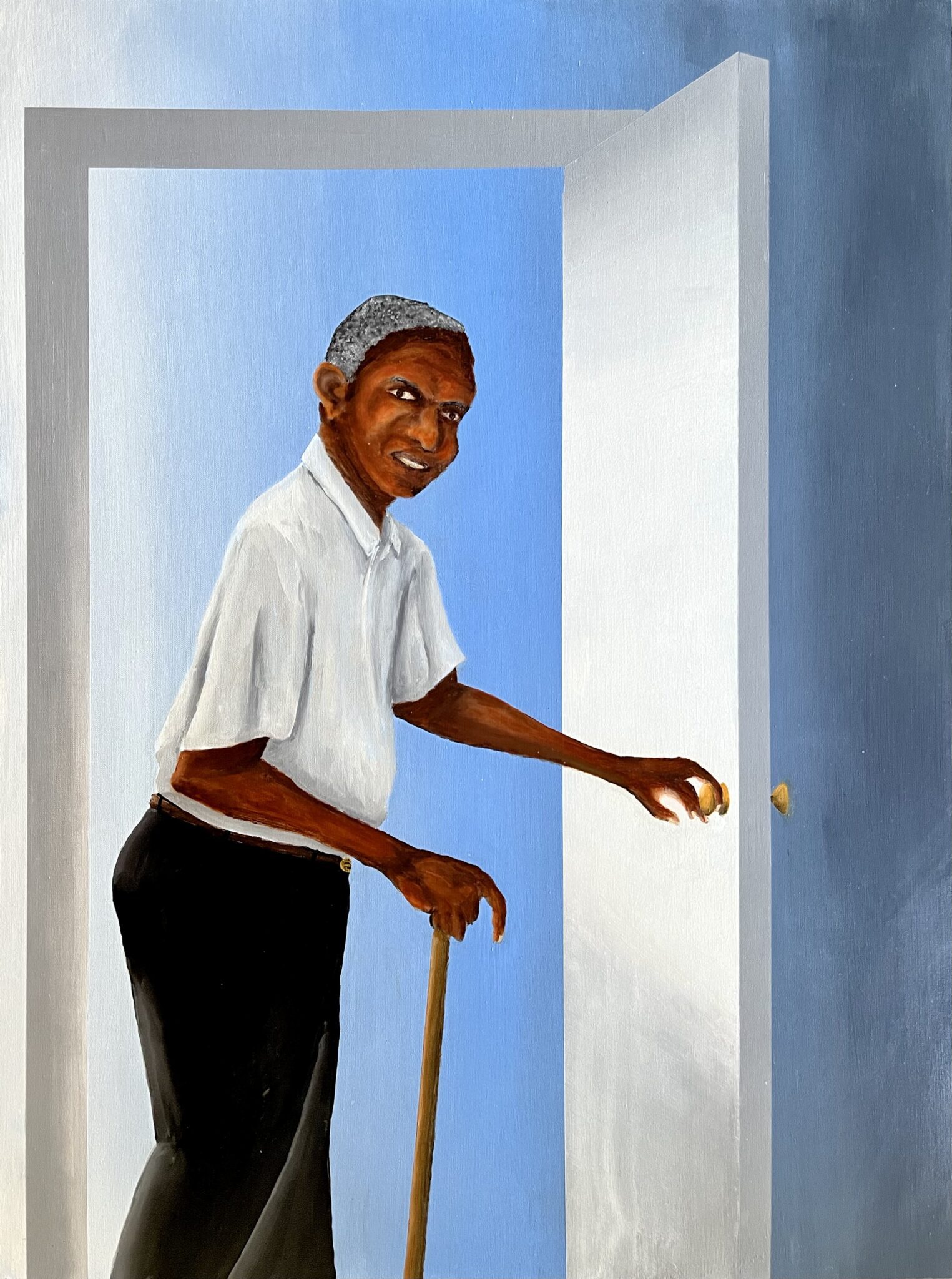Vaughn Bell was the artist-in-residence at Seattle Public Utilities’ Drainage and Wasterwater division for two years starting in 2016. She worked closely with SPU staff to develop an art master plan to guide future public art commissions integrated into SPU Drainage and Wastewater projects.
 SPU’s Plan to Protect Seattle’s Waterways is a strategy to control combined sewage overflows and reduce stormwater-related pollution in Seattle’s waterways. Bell created a two-part art master plan that guides 1% for art investments for SPU’s drainage and wastewater work. Book 1, The Vision for Public Art in Drainage and Wastewater, provides a unified conceptual framework for art projects. Book 2 is a catalog of potential public art projects that can be implemented over many years.
SPU’s Plan to Protect Seattle’s Waterways is a strategy to control combined sewage overflows and reduce stormwater-related pollution in Seattle’s waterways. Bell created a two-part art master plan that guides 1% for art investments for SPU’s drainage and wastewater work. Book 1, The Vision for Public Art in Drainage and Wastewater, provides a unified conceptual framework for art projects. Book 2 is a catalog of potential public art projects that can be implemented over many years.
Throughout the plan Bell’s Guiding values are:
- Engage people across generations and cultures
- Promote environmental justice and equity
- Commission diverse artistic approaches, media, scale and forms
- Support and empower artists to create work that is rich, rigorous, deeply considered, relevant and specific to site and context
- Promote art experiences that are meaningful, inspiring, thought-provoking and accessible
Book 1 unifies the vision for public art around a number of key aspects including:
Equity, Accessibility, Relevance and Engagement: artworks should be accessible to a diverse audience while maintaining rigor, relevance, depth of meaning, and esthetic value. The Drainage and Wastewater public art program seeks to address fundamental issues of equity and environmental justice by applying an equity lens to all aspects of the public art process, and by actively seeking out opportunities to engage communities in these issues through public art.
The vital work of drainage and wastewater in Seattle: Seattle is a city of water, by zooming out to see the connection of clouds, pipes, streets, swales and Sound, we begin to grasp the scale and importance of the work that drainage plays.
What art can do: witnessing the work of SPU drainage and wastewater, and seeing the flow of water through our environment, offers us the chance to experience our place as a complex ecology. Likewise, art can make the connection to science through acts of translation and creative communication.
The projects underway from Bell’s plan are the following Ship Canal Water Quality Project activities:
Tunnel Effluent Pump Station (Ballard) artist Jeffrey Veregge, of the Port Gamble S’Klallam Tribe, will work with the design team to create site-integrated art at this facility
24th Ave Northwest Pier (Ballard), artist Christian French was selected to design inlays to be integrated into the concrete surface for the public pier at the street end of 24th Ave NW and NW 54th St.
Wallingford East Shaft Site, RYAN! Fedderson, Confederated Tribes of the Colville will work to create artwork at this facility.
Fremont Site of the Ship Canal Water Quality Facility (also at Queen Anne) Project– the team of artist Preston Singletary, Tlingit, and David Franklin, will work on two sites on either side of the Ship Canal.
Vaughn Bell herself will create a series of artworks, called Connective Thread, that will link the various projects and bring above-ground attention to the underground connectivity of these projects.


